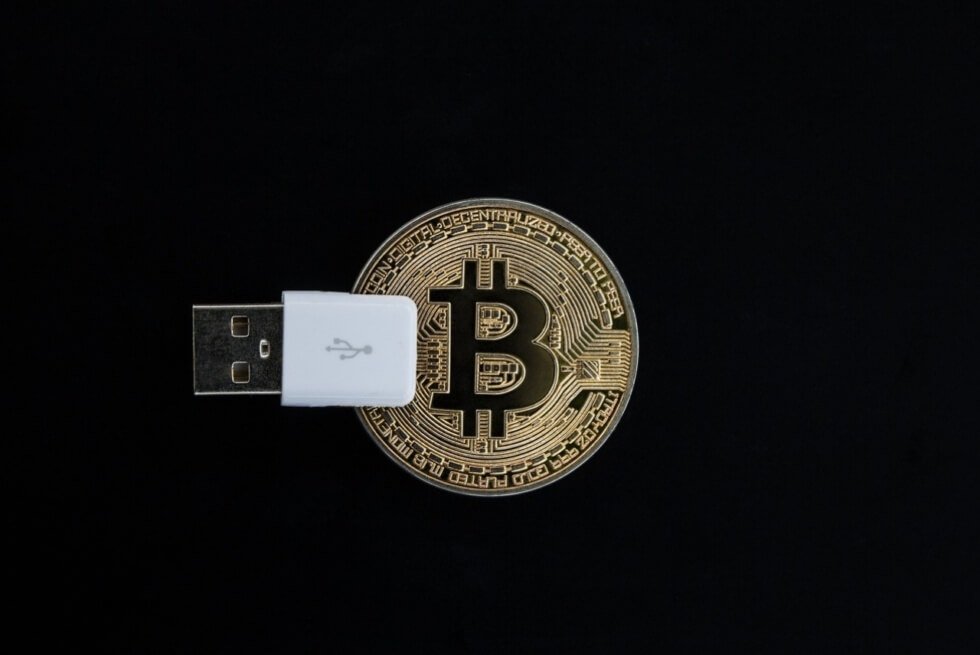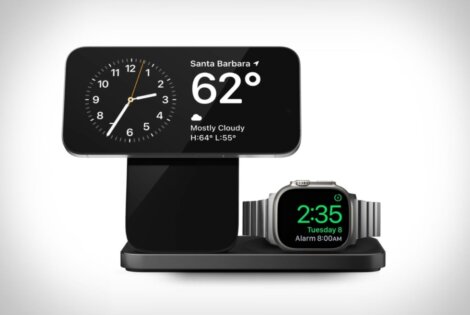In the dynamic world of cryptocurrency, understanding how to store and manage your assets is paramount. Cryptocurrency wallets play a crucial role in this process, serving as the digital vaults where users safeguard their virtual currencies. This comprehensive guide explores four types of cryptocurrency wallets, their features, and best practices to ensure the security of your valuable holdings.
Types of Cryptocurrency Wallets
There are a few types of crypto wallets that anyone can choose from. They are:
- Hardware wallets
- Software wallets
- Paper wallets
- Brain wallets
Hardware Wallets
Hardware wallets are physical devices designed specifically for the secure storage of cryptocurrencies. These wallets store private keys offline, which make them less susceptible to hacking attempts. Popular hardware wallet brands include Ledger and Trezor. They are ideal for long-term investors and those seeking the highest level of security.
Software Wallets
They come in various forms, including mobile, desktop and online wallets. These wallets can be categorized into hot wallets (connected to the internet) and cold wallets (offline) Examples of these wallets are Exodus, Electrum, and MyEtherWallet. While convenient for daily transactions, users should exercise caution with hot wallets due to potential security vulnerabilities.
Paper Wallets
Paper wallets mean printing or writing down your private keys on a physical document. As an offline storage solution, paper wallets provide enhanced security. However, as a user you must take extra precaution to protect your physical document from damage or loss.
Brain Wallets
These wallets are a unique concept where users memorize a passphrase or seed phrase that generates their private keys. While convenient, the reliance on memory introduces a higher risk of forgetting the passphrase. As a user, you must choose a complex and unique phrase to mitigate the risk of unauthorized access.
Use Strong Passwords
Regardless of the type of wallet you want to use, setting a strong and unique password is crucial. Avoid using easily guessed phrases and consider incorporating a mix of uppercase and lowercase letters, numbers, and symbols.
Enable Two-Factor Authentication (2FA)
Most cryptocurrency wallets offer the option to enable two-factor authentication for an additional layer of security. This adds an extra step to the login process, requiring a verification code from a secondary device.
Regularly Update Wallet Software
Developers frequently release updates to patch security vulnerabilities and enhance features. Always be aware of new updates for your chosen wallet and ensure you are using the latest version to benefit from improved security measures.
Back-Up Your Wallet
Be sure to regularly back-up your wallet, especially when creating new addresses or updating your passphrase. This ensures that you can recover your funds in the event of device loss, failure, or other reason.
Be Careful with Third-Party Services
Always be careful when using third-party services or other online platforms in conjunction with your wallet. Ensure they are reputable and have a history of security compliance to prevent potential breaches or unauthorized access.
Whether you’re a seasoned investor or a newcomer to the crypto space, exploring the option to buy Bitcoin for example, can be a strategic move in today’s evolving financial industry.
Endnote
As the adoption of cryptocurrencies continues to grow, the importance of secure and reliable cryptocurrency wallets cannot be overstated. Understanding the different types of wallets and implementing best security practices is essential for protecting your funds. Choose a wallet that aligns with your needs and preferences, balancing convenience with security.







